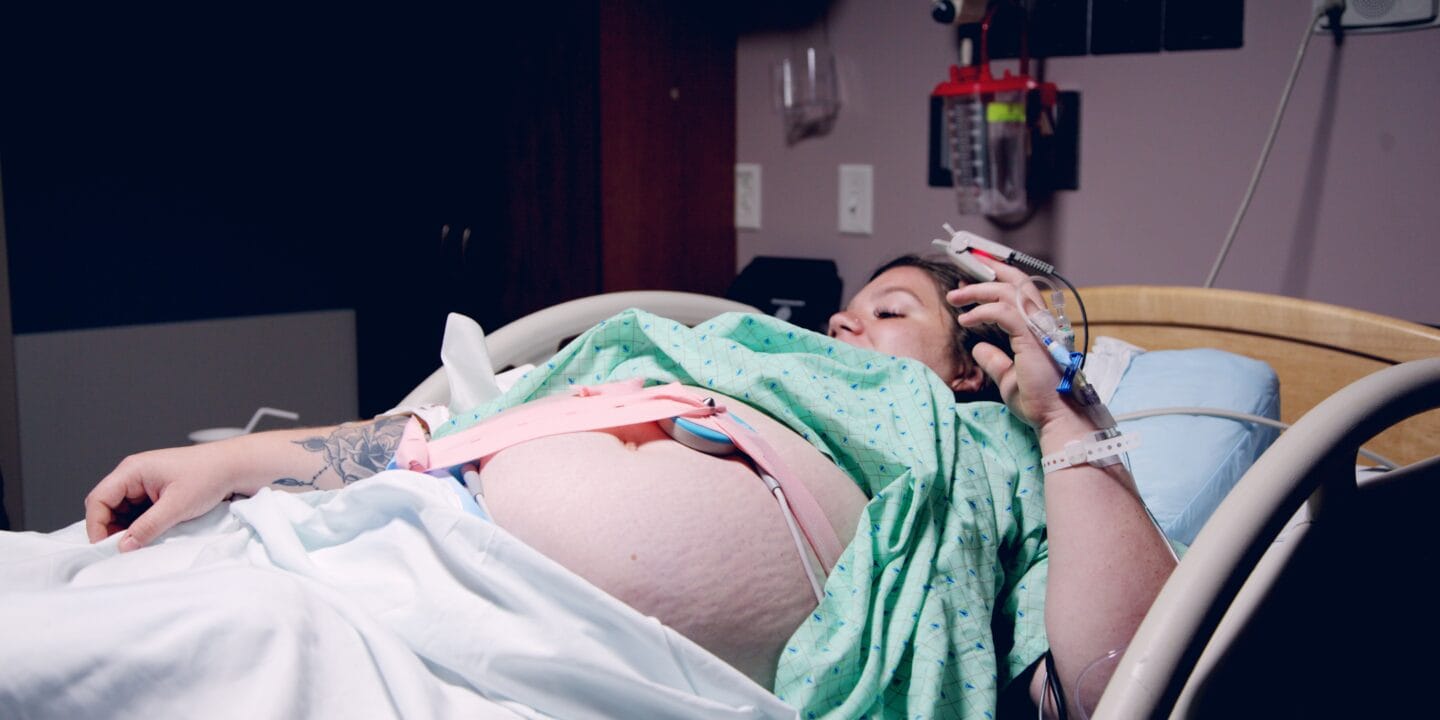
Dystocia refers to difficult labor that is sometimes associated with various abnormalities that hinder normal vaginal delivery
Causes and risk factors of dystocia
-Classified as the 3 Ps
Abnormalities of passage
Refers to pelvic dystocia
- The size and configuration of the pelvic bones affect the delivery process. Pelvic dystocia is seen in cephalopelvic disproportion(CPD).
- Obstructions along the delivery path, such as masses, cause dystocia
Abnormalities of passenger
-Refer to fetal dystocia
- Large fetus as in macrosomia
- Congenital abnormalities such as hydrocephaly
- Multiple pregnancies
- Malpresntation
- malpositions
Abnormalities of powers
-Refer to uterine dystocia
-Hypertonic uterus or hypotonic uterus
Conditions associated with dystocia
- Persistent occiput posterior presentation(POPP)
Normal presentation is occiput anterior. POPP causes dystocia as the presenting diameter is wider
- Face and brow presentation
- Breech presentation
Can be
- Frank breech
- Complete breach
- Incomplete breech
- Footling breech
- Shoulder dystocia
Inability to deliver the shoulders of the fetus after the head is has been delivered despite routine obstetric maneuvres
It tends to cause fetal injuries such as erbs palsy and fractures
Shoulder dystocia has increased maternal predisposition to postpartum hemorrhage
Management
The goal is to rotate the bisacromial diameter to oblique
- Application of suprapubic pressure with the delivery of posterior arm
- McRobert’s maneuver
- Maternal leg flexion over the abdomen to raise the symphis pubis.
- The maneuver increases the posteroanterior diameter for delivery of the shoulders












